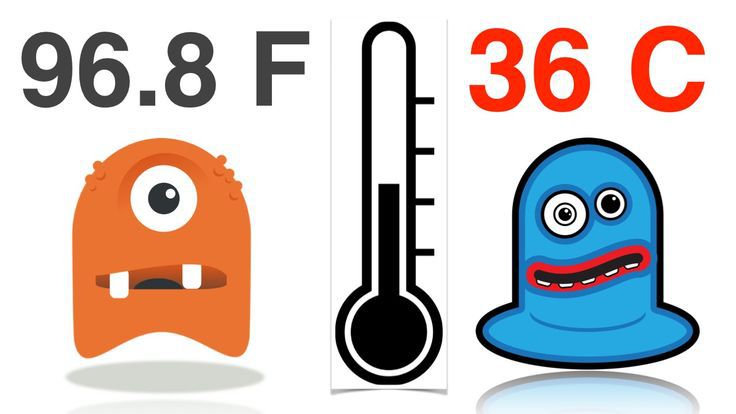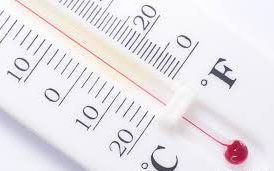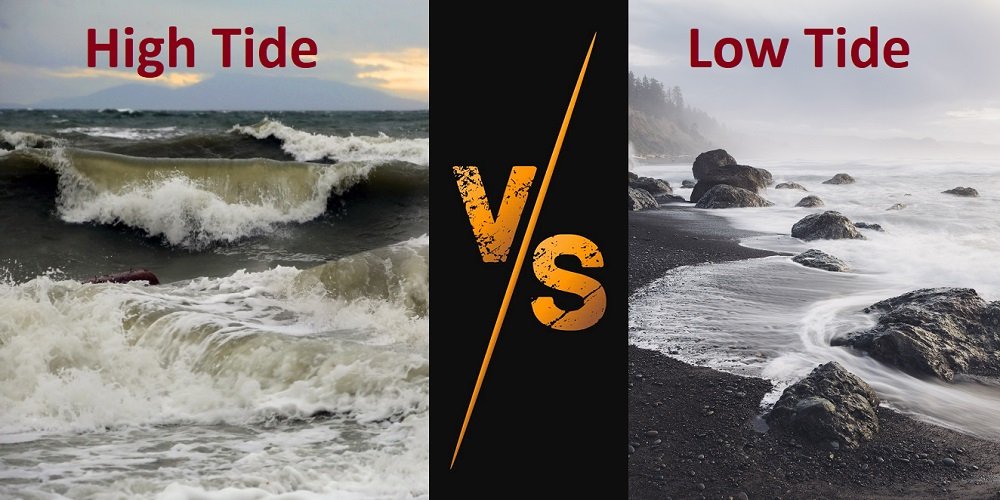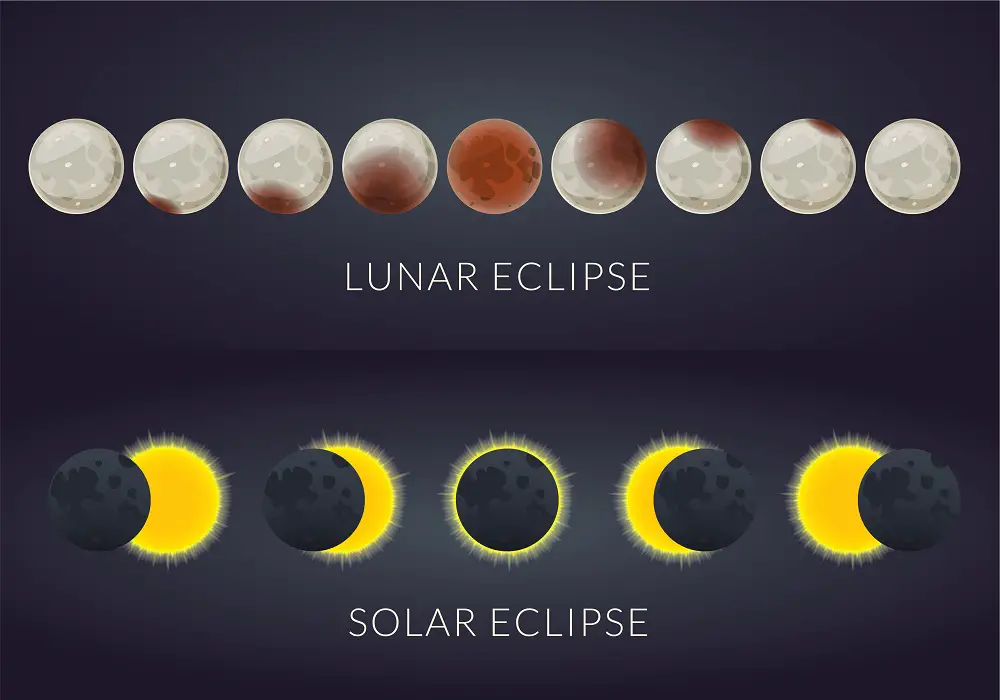Celsius Vs. Fahrenheit: What Are The Differences?
Both Celsius and Fahrenheit are scales that measure temperature. Both have freezing points and boiling points. They are both frequently used in science and everyday living.
However, there are several differences that make them completely unique from each other. So what’s the key difference between Celsius and Fahrenheit scale?
What is Celsius?

It is the temperature scale that was previously known as the centigrade scale. Centigrade is a word that is Latin, meaning hundred degrees. Then, when Anders Celsius created his own scale in 1742 he chose 0 degrees for the boiling point and 100 degrees for the freezing point.
Jean Pierre Cristin proposed a change to Anders Celsius’ scale. Cristin proposed inverting the scale, making 0 degrees the freezing point and 100 degrees the boiling point. Cristin named the scale the Centigrade scale. In 1948, Cristin’s scale became renamed Celsius to honor Anders Celsius.
What is Fahrenheit?
It is a temperature scale that was named after the German-Dutch physicist Daniel Gabriel Fahrenheit. He proposed this scale in 1724. The freezing point for is 32 degrees and the boiling point is 212 degrees. The freezing and boiling points are 180 degrees apart.
Until the 1960s the Fahrenheit scale was the primary temperature standard for climatic, medical and industrial purposes in the majority of the English-speaking countries.
User Friendliness
The Fahrenheit scale is considered to be more user friendly than the Celsius scale. The unit of measure on the Fahrenheit scale, a degree Fahrenheit is 5/9ths of a degree Celsius.
This permits more precise measurements without resorting to fractional degrees, which can be extremely confusing.
Ambient Air Temperature
In most of the inhabited regions of the world, the ambient air temperature tends to not go far beyond the range of 0 degrees to 100 degrees Fahrenheit. That being said, the Fahrenheit scale would be the best choice to reflect the perceived ambient air temperatures.
Which Scale to Use
Within the United States, the Fahrenheit system is the continually accepted standard for almost all non-scientific use. All other countries have fully adapted to the Celsius scale as their primary scale to use.
In some English-speaking countries, the Fahrenheit scale is still sometimes used by the older generations who remember using it prior to 1960s-1970s.
Recommeended for you:
- Difference Between Cause and Because
- What Are The Differences Between Misconception and Misperception?
- Key Differences Between Peace and Piece
Difference Between Celsius and Fahrenheit Scale
Below we have prepared a comparison table showing the key differences between Celcius vs Fahrenheit scale.
Celsius |
Fahrenheit |
|
|
|
|
|
|
|
|







